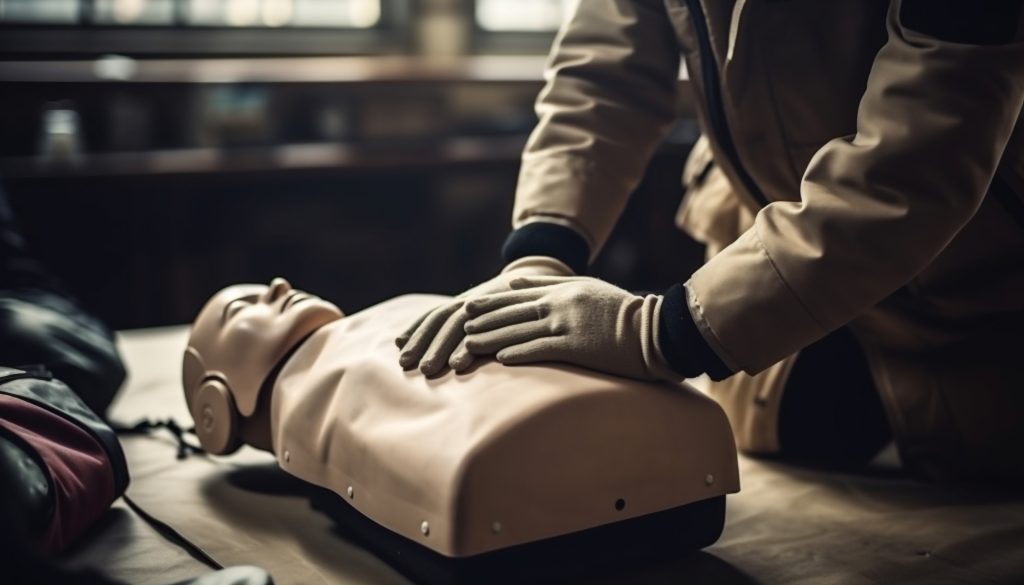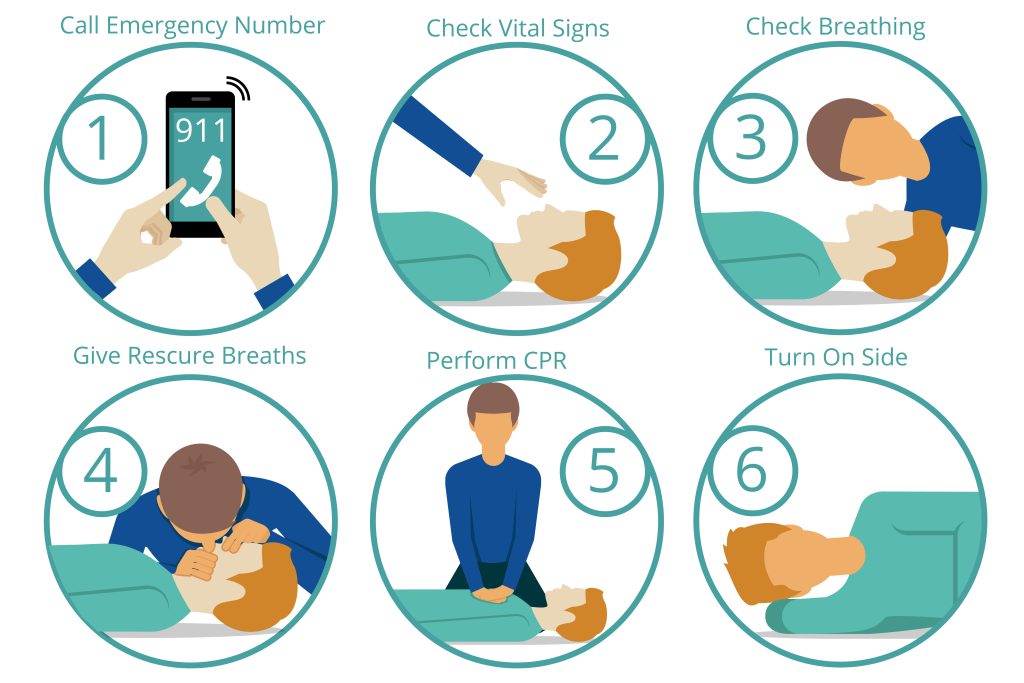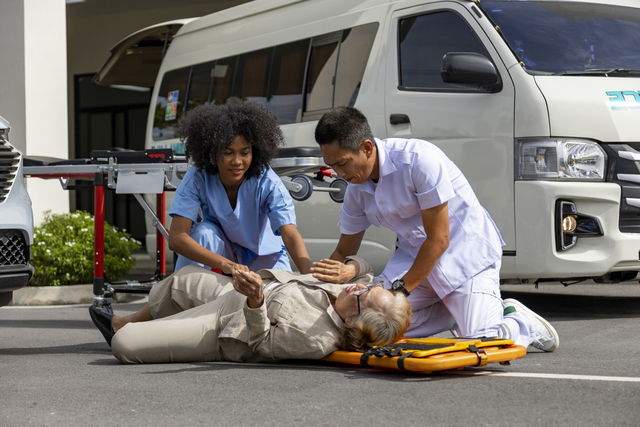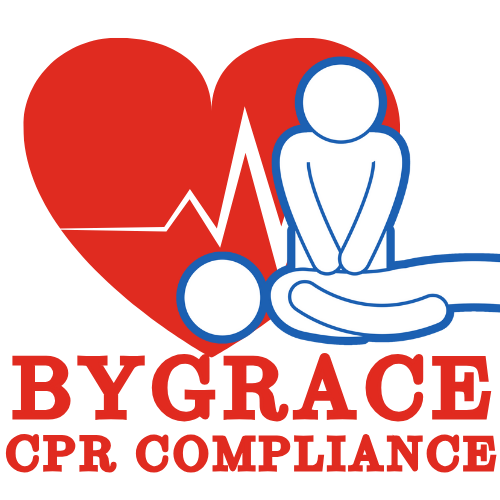
“Imagine this scenario: you’re out for a walk when suddenly, you witness someone collapse. Their eyes are closed, their breathing is shallow, and they’re unresponsive. In that moment, the responsibility to save their life falls on you. Don’t panic – this is where CPR comes in. It’s a lifesaving technique that anyone can learn, and it could mean the difference between life and death for the person in front of you.
WHAT IS CPR?
CPR stands for Cardiopulmonary Resuscitation, and its a life saving technique used in emergencies when a person’s heart stopped or they are not breathing.
STEP-BY-STEP INSTRUCTIONS

- CALL EMERGENCY NUMBER (911)
Time is of the essence in a cardiac emergency. Every minute that passes without CPR decreases the chances of survival. So, the very first thing to do is call 911. Don’t waste any time – once you’ve confirmed that the person is unresponsive, pick up that phone and dial! We ain’t messing around here, this is life-or-death stuff.
- CHECK VITAL SIGNS AND BREATHING
For sure! Vital signs are key to assessing a patient’s condition and determining the urgency of CPR. Here are the ones to check for:
- Pulse: Look for a pulse on the neck, wrist, or chest. A lack of pulse indicates the need for immediate CPR.
- Breathing: Check for regular breathing by looking for chest movements and listening for breaths.
- Skin color: A blue or pale skin color can indicate a lack of oxygen.
- Level of consciousness: Check to see if the person is awake and responding, or if they’re unresponsive.
- Check for any signs of breathing by looking for chest movements or listening for breaths.
- If you can’t hear or see any signs of breathing, feel for breath on your cheek or listen for sounds from the patient’s airway.
- If you can’t detect breathing, start CPR immediately!The key is to be quick and efficient – every second counts when it comes to CPR!
WHAT TO DO IF BREATH IS NOT DETECTED
- GIVE RESCUE BREATHS AND PERFORM CPR.
- Here’s the breakdown:With the patient on their back, pinch their nose closed with one hand.
- Make a seal around their mouth with your mouth, and blow into the person’s mouth to deliver one breath.
- Watch for the chest to rise, indicating that air has entered the lungs.
- Repeat with 2 more breaths, at a rate of one breath every 5-6 seconds.
- Keep in mind that the breaths should be deep and forceful, but not too forceful that it causes air to escape through the nose or mouth.That’s breathing in CPR 101.
- Positioning the person for CPR:- Place them on a firm, flat surface (no beds or couches) Tilt their head back and lift their chin to open their airway
- Kneel next to them, and place the heel of one hand in the center of their chest, directly between the nipples.- Place your other hand on top of the first, interlacing your fingers.
- Push down hard and fast, compressing their chest at a rate of 100-120 compressions per minute.
- Make sure to press down at least 2 inches (about 5 cm), but no more than 2.4 inches (6 cm)
- Allow the chest to come back up fully between compressions.
TURN PATIENT ON SIDE
- Turning the patient on their side, also known as the “recovery position,” can help keep their airway open and prevent choking or aspiration (when vomit or other material gets into the lungs).
- It also helps to ensure proper blood flow to the brain and other vital organs.
- Plus, it makes it easier to perform CPR and check for breathing and other vital signs.Basically, it’s all about making sure the patient is in the best possible position for CPR and maximizing their chances of survival.
- Always seek medical attention after performing CPR even if patients seems
- And stay with patient until medics arrive.

summary
CPR is a lifesaving technique that can greatly improve the chances of survival for someone who has suffered cardiac arrest.
Proper technique is crucial, including chest compressions, rescue breaths, and positioning the patient correctly.
CPR should be performed immediately and without delay in cases of cardiac arrest.
Everyone should learn CPR it can make a huge difference, and you never know when you might need to use it.The takeaway is clear: learning and being prepared to perform CPR can save lives, so it’s a skill worth having in your back pocket!
AEDs (Automated External Defibrillators) can be a lifesaver for cardiac arrest – learn how to use one if you can!
Hands-only CPR (without ventilation) can be just as effective as traditional CPR in certain situations.

0 Comments